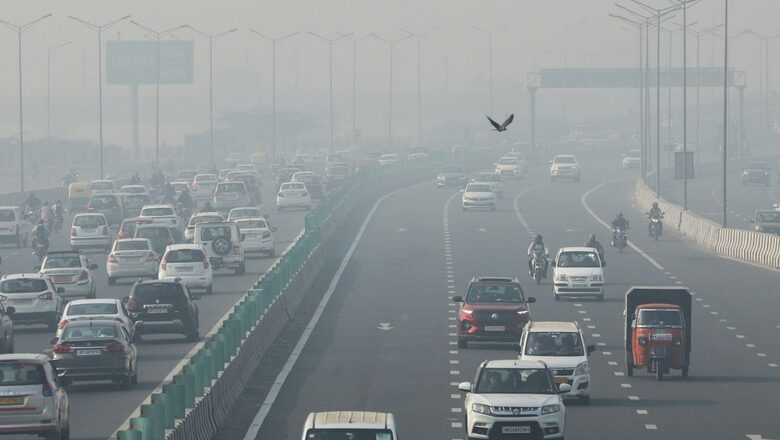
views
The nip in the air in the past few days has marked the onset of winter. With this, pollution levels have gone up to hazardous levels and people are bracing for thick smoke and unbreathable air in several parts of India, including infamous National Capital Region (NCR).
According to the latest data available on the World Air Quality Index (https://aqicn.org), eight places from India are in the list of top 10 worst air quality stations in Asia while only one Indian city – Rajamahendravaram in Andhra Pradresh—featured in top 10 best air quality stations.
Sector-51, Gurugram topped the list with air quality index of 679 on Sunday morning followed Dharuhera town near Rewari (AQI 543) and Muzaffarpur (AQI 316). Interesting, Delhi has managed to get out of the list.
Talkator, Lucknow (AQI 298), DRCC Anandpur, Begusarai (AQI 269), Bhopal Chauraha, Dewas (AQI 266), Khadakpada, Kalyan (AQI 256), Darshan Nagar, Chhapra (AQI 239) are also in the list.
Xiaoshishang Port in China’s Luzhou (AQI 262) and Bayankhoshuu in Mangolia’s Ulaanbaatar also featured in the list.
The AQI between 0 and 50 is considered ‘good’, 51-100 ‘Moderate, 101-150 Unhealthy for Sensitive Groups, 151-200 ‘Unhealthy, 201-300 ‘Very Unhealthy’ and 300+ ‘Hazardous’ as per the Air Quality Index scale defined by the US-EPA 2016 standard.
Started in 2007, the World Air Quality Index project aims to promote air pollution awareness for citizens and provide a unified and world-wide air quality information.
Why Do Air Pollution Levels Spike in Winter?
Experts of System of Air Quality and Weather Forecasting and Research (SAFAR)-Indian Institute of Tropical Meteorology (IITM) said that the pollution levels spike in winter as cold air tends to trap pollutants near the earth’s surface.
Night temperatures also have a significant impact on air pollution. During Diwali, the air pollution sees tremendous rise due to bursting of firecrackers and reach hazardous levels in the national capital. Other factors like stubble burning also contribute to spike in pollution levels.
“Inversions occur during the cooler winter months like November, when atmospheric conditions become inverted, with warm air above the cool air preventing vertical mixing of air. The cold air traps pollutants near the surface, causing pollution levels to rise, especially during the night-time in colder months,” Times of India reported quoting Dr B S Murthy, project director of IITM- System of Air Quality Forecasting and Research (SAFAR).
Air Pollution May Cause Severe Health Problems In Newborns, Younglings
The World Health Organisation says that more than 90% of the world’s children breathe toxic air every day and pregnant women who inhale polluted air can give birth prematurely and have small and low birth-weight children. Air pollution also impacts neurodevelopment and cognitive ability and can trigger asthma and childhood cancer. Due to such acute health problems, pregnant women and newborns must be taken good care of with precautions in place.
Read all the Latest India News here
















Comments
0 comment